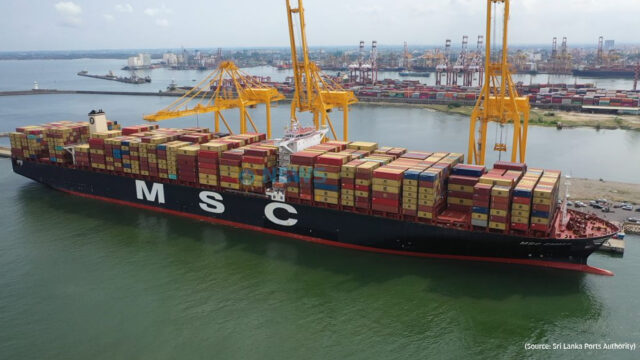In times when the world economy is going through an upheaval, the Sri Lankan approval of the energy project which allows China to install hybrid renewable energy systems in three islands close to Jaffna is a major development. The contract is part of the Supporting Electricity Supply Reliability Improvement Project facilitated by the Ceylon Electricity Board and funded by the Asian Development Board (ADB). The three islands – Nainativu, Delft and Analaitivu are close to the Indian state of Tamil Nadu and can raise suspicions. The step was supported by H.E. Austin Fernando (Sri Lanka’s Former High Commissioner to India) by stating that the decision was taken by following ADB’s guidelines.
The Sri Lankan decision to proceed with the Chinese proposal comes after pulling out of the 2019 East Coast Terminal (ECT) agreement which was a joint initiative with India and Japan. There was much optimism expected from the deal especially after Indian External Affair Minister S Jaishankar’s visit to Sri Lanka. The hurdle in the deal was the concern raised by Port workers against the foreign investments in Sri Lanka as that undermined the sovereignty. This was addressed and the ECT was a big breakthrough for Indian presence in the neighbourhood. However the eventual decision to withdraw stating domestic resistance to any external investment seems unjustified in the presence of Chinese projects operating in the region with much ease. The increasing affinity between Sri Lanka and China has been a source of concern to India due to several reasons. The geographical proximity and dependency between the three countries inculcates the rise of mutual suspicions when any partnerships are announced.
The developments are problematic on several fronts. Chinese presence in Sri Lanka is an immediate physical threat to India especially in the currently tensed atmosphere. Secondly, this agreement is a direct indication of Sri Lankan tilt towards China instead of India. The Sri Lankan economy is highly dependent on foreign investments. It’s debt to GDP ratio is constantly declining and alliances with state that have potential for extensive investment is looked out for. Hence China has emerged as a constant partner for the island country in the past as well in the case of the Hambantota port.
There have been speculations about the Chinese ‘debt trap diplomacy’ being followed to increase the spheres of influence and have raised eyebrows in India as well as the United States. Emily Horne, the spokesperson for the National Security Council at the White House stated that “The United States is concerned by Beijing’s pattern of ongoing attempts to “intimidate” its neighbours”. A stronger China is a threat for the US as well hence there is a general signaling from Biden’s administration about alliances towards ensuring security in the Indo Pacific region.
The suspicions regarding the Belt and Road Initiative and the rigour to form a Quad to check the rise of China are all consequences of Chinese alliances especially in context of the growing affinity between Russia and China. The telephonic conversation between Indian Prime Minister Modi and US President Biden also highlighted the importance of a “rule based international order” which meant observing the obligations made. China has been known to defy international rules and norms whether it is in terms of trade or weapons modernisation.
India urged Sri Lanka to reconsider the decision and respect the commitments made to respect the ECT project. The Sri Lankan decision has added to the fear of skeptics regarding the Chinese intentions and experts all over the world will watch the developments closely.









